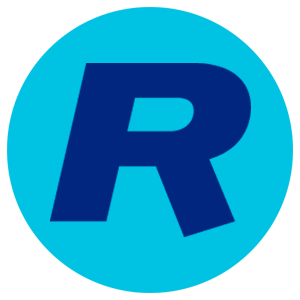- Innovation
Chaos Can Help Creativity
How information structure as much a team diversity can affect creativity and innovation in organizations
Everything in a well-run organization inclines towards structure – underlined by the very word ‘organization’. However, new research advises that the generation of creative ideas may be hampered by organizing information into hierarchical structures and that creativity may benefit from chaos which can stimulate lateral thinking.
The researchers Yeun Joon Kim and Professor Chen-Bo Zhong from Rotman School of Management, theorize that a hierarchical information structure, compared to a flat information structure, will reduce creativity because it reduces cognitive flexibility and might obstruct combining information from distal conceptual categories.
The researchers quote the example of a watchmaker who could either try to piece the 1000 components of a watch together at once, or could assemble a series of subparts first. Assuming that the watchmaking process will be frequently interrupted, the first (flat) option will be hugely inefficient, as the watchmaker will need to start from the beginning after each interruption.
However, suppose the goal is not to make a watch as quickly as possible, but to create a new kind of watch, in this case the lateral thinking required may be more inspired if the components are not already pre-organized into distinct categories – chaos as opposed to structure may produce a more creative solution.
For most operations it is essential for companies to organize information or materials by higher order categories to increase efficiency. Consequently, hierarchical structures underlie most activities. Production management systems categorize all components into clearly defined categories so that workers can easily and rapidly distinguish and use components in manufacturing lines. Similarly, organizational information is highly structured as well.
Employees are clustered around jobs and roles categorized by job function and this in turn creates a hierarchical information structure where information clusters around job roles and skills. Such structures are important or even necessary for efficiency.
When it comes to creativity, however, rigid walls between categories in hierarchical information structures may be harmful because creative ideas often rise from combinations of distal information. Information structure can have a negative effect on creativity, whereas a flat information structure can free up flexibility and lateral thinking.
In other words, where the business is focused on ‘exploitation’ activities structure may be essential but where ‘exploration’ is needed a flat structure can be beneficial.
The researchers suggest that it is possible that a hierarchical information structure reduces cognitive persistence because contextual-priming from a hierarchical information structure leads individuals to quickly and effortlessly categorize information into the most salient and accessible category. They also suggest that, in addition to making information available, how information is stored and presented may be a critical factor.
Applications
The findings have important implications for business practitioners. For example, the research might inform leaders how to better manage functionally diverse teams.
Previous research has suggested that functional diversity in teams increases creativity because team members from various functional backgrounds supposedly bring different sets of information in team ideation processes. However, diversity in information alone might not be a sufficient condition for creativity.
This research suggests that to reap the benefits of cross-functional teams, managers need to create flat information structures where diverse information brought by team members is dispersed flatly across the team rather than cluster around functional categories. This can be achieved by formal procedures such as having team members jot down as many new product ideas as possible and then mix them so as not to make any organizing categories salient before combining them for new product development.
Access the full research paper: Ideas Rise from Chaos: Information Structure and Creativity , Organizational Behavior and Human Decision Processes, 138 (2017) pages 15–27.
Rotman School of Management is Canada’s leading business school and has Canada’s largest group of management faculty. It is home to some of the most innovative research institutes in the world
ARTICLES YOU MIGHT LIKE
VIEWPOINT
Cognitive neuroscientist, Lynda Shaw, explains how to understand and support intrapreneurs
DEVELOPING LEADERS QUARTERLY MAGAZINE AND WEEKLY BRIEFING EMAILS


































